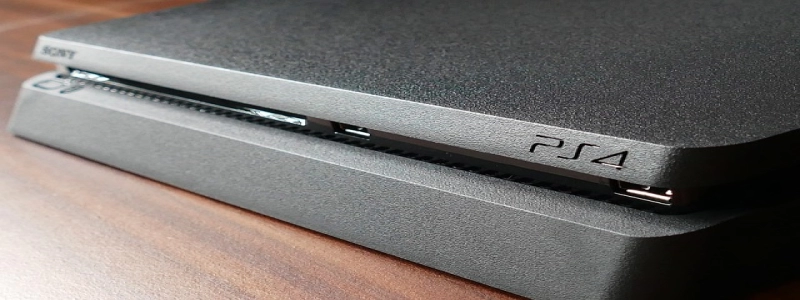Packet Loss on Ethernet
Introduction:
Packet loss refers to the loss of data packets during transmission over a network. It is a common issue, especially in Ethernet networks, where packets of data are sent between devices using the Ethernet protocol. This article will explore the causes of packet loss on Ethernet, the effects it can have on network performance, and possible solutions to mitigate this problem.
I. Causes of Packet Loss on Ethernet:
1. Network Congestion: When the network is overloaded with traffic, the switches and routers may drop packets to prevent further congestion. This can result in packet loss.
2. Faulty Hardware: Ethernet cables, switches, and network interface cards (NICs) can become faulty over time. Loose connections, damaged cables, or malfunctioning switches can cause packets to be lost.
3. Software Issues: Network devices, such as routers and switches, rely on software to process and forward packets. Bugs, misconfigurations, or outdated firmware can lead to packet loss.
4. Interference: Ethernet networks can be susceptible to interference from other electronic devices, such as microwaves, cordless phones, or even nearby power lines. This interference can disrupt the transmission of packets and cause loss.
II. Effects of Packet Loss:
1. Decreased Network Performance: Packet loss can lead to slow or inconsistent network performance. When packets are lost, data needs to be retransmitted, resulting in delays and increased latency.
2. Data Corruption: Packet loss can result in corrupted data being delivered to the recipient. Missing packets can cause errors and incomplete files or messages.
III. Solutions to Packet Loss on Ethernet:
1. Check Network Congestion: Monitoring network traffic and identifying congestion points can help alleviate packet loss. Upgrading network infrastructure and implementing Quality of Service (QoS) techniques can prioritize critical traffic and prevent overload.
2. Hardware Maintenance: Regularly inspecting and replacing faulty hardware can minimize the chances of packet loss. Ensuring tight connections, using quality cables, and upgrading switches and NICs can improve network reliability.
3. Update Software: Keeping network devices’ software up to date with the latest patches and firmware can address known issues and improve packet forwarding accuracy.
4. Minimize Interference: Avoid placing electronic devices that may cause interference near network equipment. Using shielded Ethernet cables can also help reduce the impact of external interference.
Conclusion:
Packet loss on Ethernet networks can have detrimental effects on network performance and data integrity. By understanding the causes of packet loss and implementing appropriate solutions, network administrators can ensure a reliable and efficient network infrastructure. Regular monitoring, hardware maintenance, and software updates are essential in mitigating packet loss and maintaining optimal network performance.








